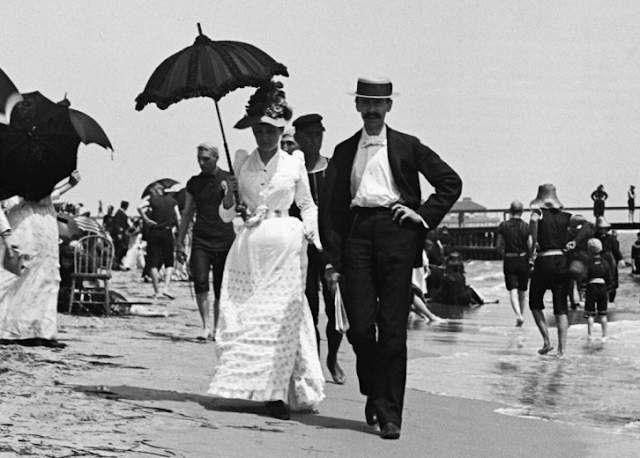The photojournalist I choose to do a mini biography on is Ami Vitale. Ami was born and raised in Montana. She is now 49 years old. According to the website
Famousbirthadys, "She started specializing in wildlife photography in 2009 after shooting several rhinos. She then started posting photos to her Instagram in October of 2013. She gained further attention when she won her first World Press Photo award that same year. She was listed on Instyle Magazine's list of fifty Badass Women which also included Jane Goodall and Ruth Bader Ginsburg." In the beginning she used photography as a way to meet new people, learn, and experience new culture. There is a quote that she says
"In the beginning, photography was my passport to meeting people, learning, and experiencing new cultures. Now it is more than just a passport. It’s a tool for creating awareness and understanding across cultures, communities, and countries; a tool to make sense of our commonalities in the world we share." In the
Ami Vitale article it says, "Ami Vitale has traveled to more than 100 countries, bearing witness not only to violence and conflict, but also to surreal beauty and the enduring power of the human spirit." She has lived in mud huts and war zones, contracted malaria, and donned a panda suit— keeping true to her belief in the importance of “living the story. She is a founding member of Ripple Effect Images and is on the Photojournalism Advisory Council for the Alexia Foundation Currently based in Montana, frequently gives workshops throughout the Americas, Europe and Asia." In a video
"Look through the powerful and raw lens of award-wining photojournalist, Ami Vitale", Ami pitched a story of Angola to a few editors. She said "their eyes would literally glaze over and would tell me the same thing, Ami nobody cares about that". They didn't even get to see the work she could produce, but she still went for it. Ami said it was the scariest moment of her life because they was no one there to support her and she didn't really know what she was doing.
In Professor Nordell’s video
Women Photojournalists, he says, “Women photojournalists have encountered barriers unlike their male counterparts” This is something that is happening is still happening till this day. Women are treated differently than males, as if they are not able to do the same exact thing as them. This happens a lot when it comes to business. In the video
Lynsey Addario, Institute Fellow and Award-Winning Photographer she says, "we cover war because we think it needs to be covered not because I'm a woman or because they're men we all face the same risks and we all take great you know we make great personal sacrifices to be there." I find this so true it's not really about who is taking the photo but what is going on in the photo. When you look at a photo the first thing you are thinking is not who is taking this photo, it is what is happening. In the article
Marion Post Wolcott it say "Initially she worked freelance, but, as a staff photojournalist in 1937 and 1938, Wolcott broke gender barriers in the newspaper darkroom." This is something that many women need to do, they need to stand up for themselves.






Comments
Post a Comment